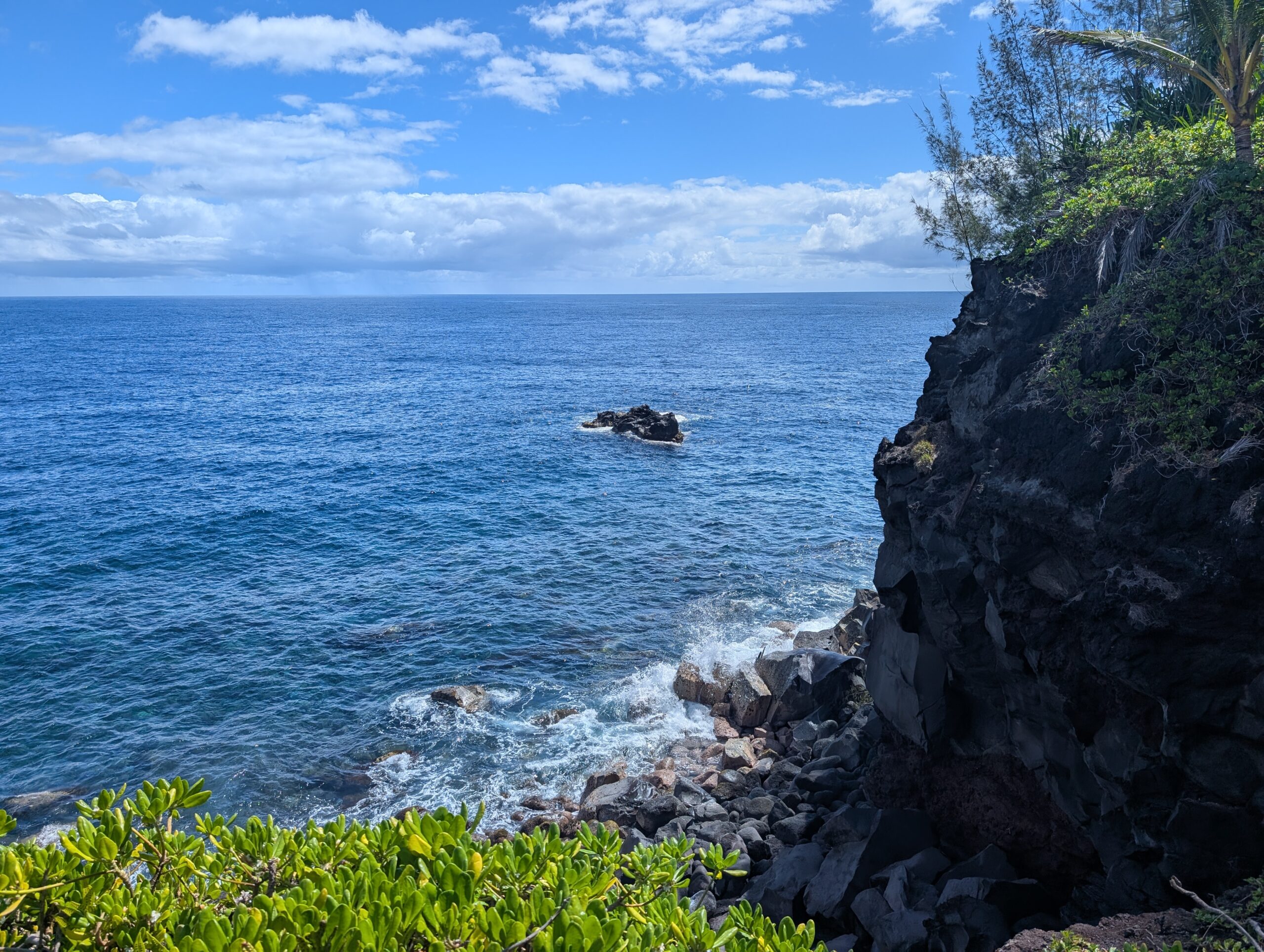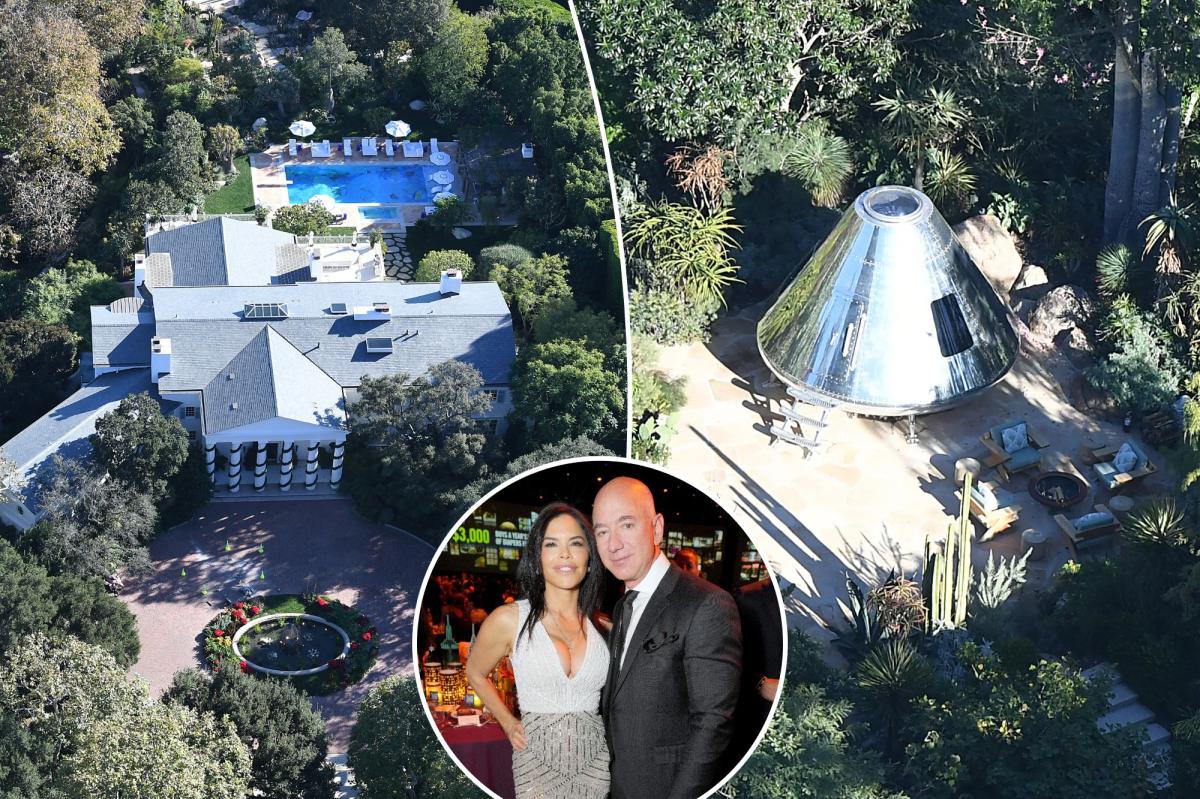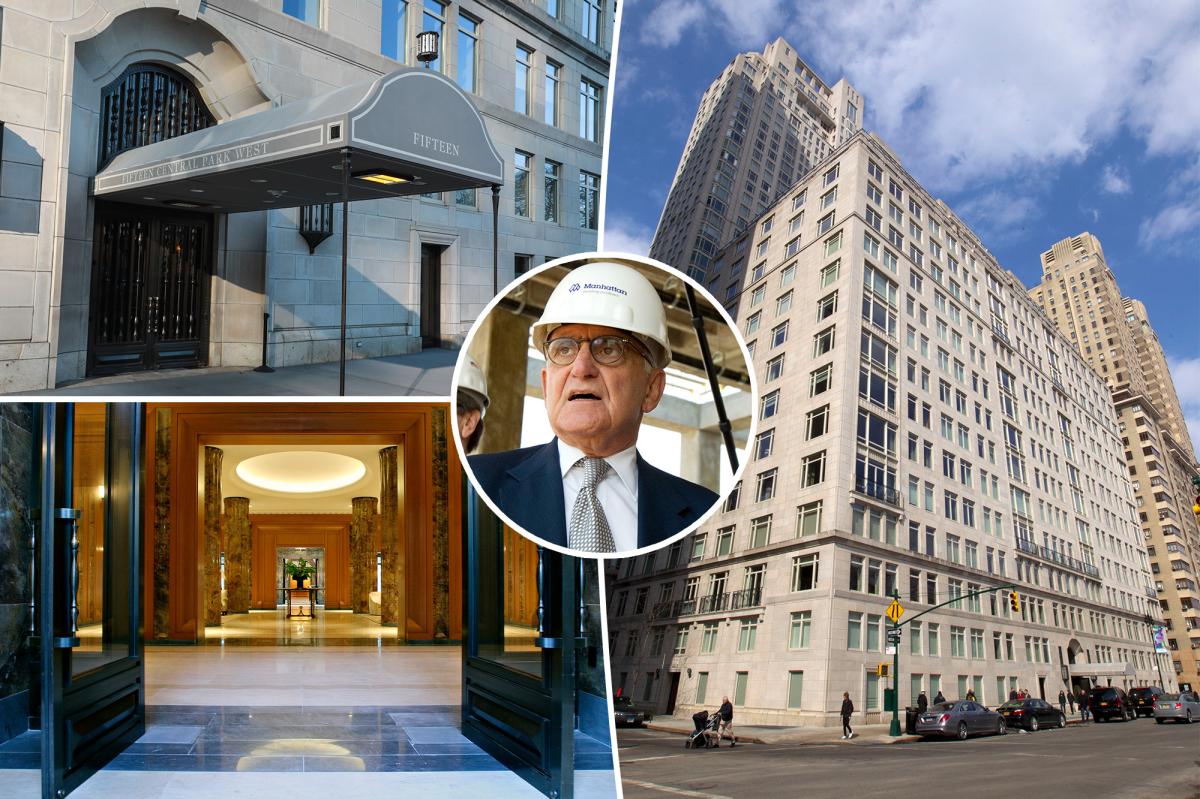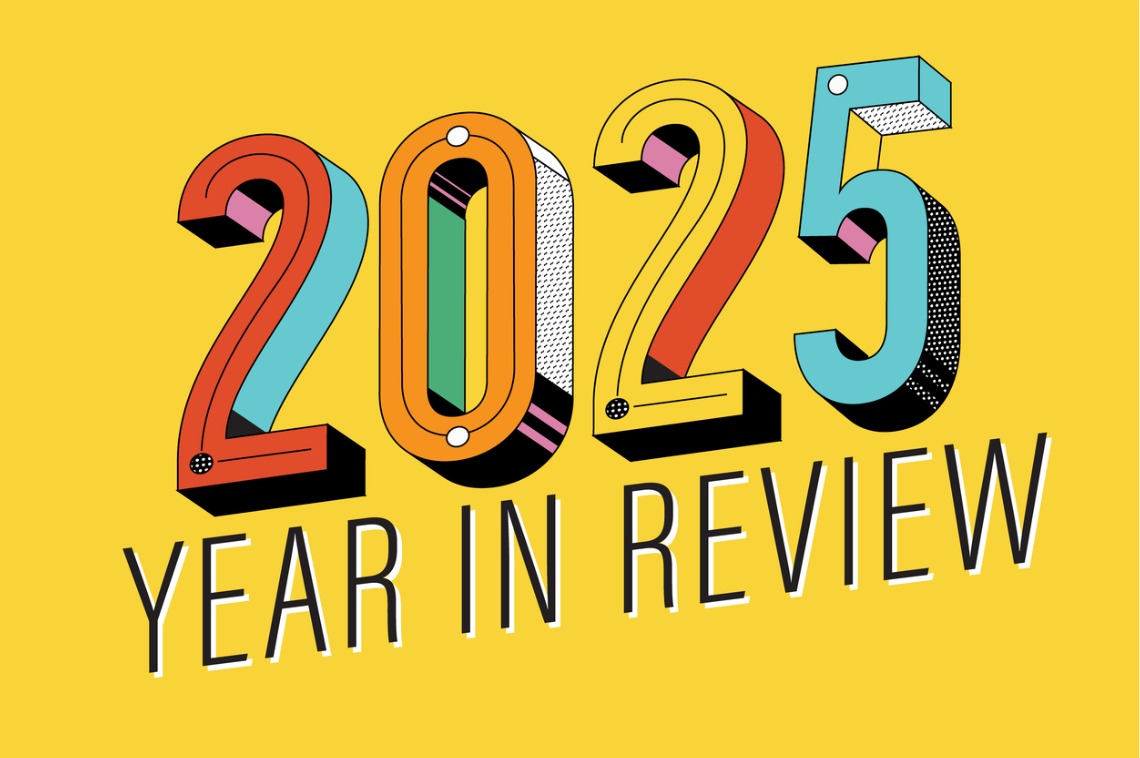H
onolulu Landing’s long‑awaited purchase has gained fresh urgency after the property went on the market. At the Hilo chamber, a diverse group of residents—some from Pāhoa—filled the hearing with voices that carried both history and a sense of immediacy.
Lehua Kaulukukui opened the testimony by reciting the first lines of Hawaiʻi’s Kumulipo. She explained that her great‑grandmother was born at Honolulu Landing in 1876 and that the site remains a living thread in a genealogy that stretches from darkness to light, past to future. For centuries, the landing was a coastal gateway within the ahupuaʻa system, linking fishing grounds to farming plots and mauka trails. Canoes docked here, and families drew sustenance from reef to forest.
In the late 1800s, sugar and cattle reshaped Puna, turning the land into ranches. Stone walls and pasture lines from that era still mark the landscape, reminders that the land was repurposed but never erased. Even as lava closed off many other shorelines, Honolulu Landing stayed one of the few intact windows into Puna’s coastal past.
On Wednesday, the Hawaiʻi County Council’s Legislative Approvals and Acquisitions Committee voted unanimously to advance Resolution 286‑25, clearing the way for the full council to purchase 364 acres of Puna coastline for $3.9 million. The resolution directs the county finance director to use the Public Access, Open Space, and Natural Resources Preservation Fund (PONC), which holds just under $30 million. The property’s availability on the open market finally puts the stalled effort back in motion.
The testimonies conveyed the land’s memory more powerfully than any report could. Kaulukukui reminded the council that the ahupuaʻa of Honolulu is not a relic: “Disturbing these sites breaks the chain between past and future, Earth and sky, people and cosmos.” Another descendant emphasized, “We are living people with a living culture,” speaking of children and grandchildren who deserve a relationship with the land and their kūpuna. The resolution itself acknowledges this truth, calling for lineal descendants to help design and manage stewardship if the land is acquired.
Amedeo Markoff, a Pāhoa board member and community project leader, voiced a sentiment many shared: “The time to act was 17 years ago. The next best time is today.” He recalled that Honolulu Landing was nominated for PONC funding in 2006, ranked high, and then left to languish. James Kaulukukui Jr., a Vietnam veteran, former DLNR investigator, and artist, told his story of discovering Hawaiian identity through walking the land, teaching art, and tending burial sites. For him, kuleana was a lived practice, not a concept.
A ranching family member recounted cattle drives down Government Beach Road and loading animals onto ships at Honolulu Landing, blending humor with reverence to illustrate the site’s dual role as working and sacred ground. A newcomer who has lived in Puna for a decade warned of market pressures and urged the council not to miss the chance: “If we don’t save something, we’re not going to have anything.” Former council member Eileen O’hara reminded everyone that the fight has spanned decades, noting petitions with over a thousand signatures and the land’s recent private listing.
The county Finance Department has ordered an appraisal, expected within 30 days. Deputy Finance Director Malia Kekai stated that negotiations cannot exceed the appraised value, and if the seller resists, public pressure may be necessary. The timeline for clarity is two to three months.
Not all supporters wanted “improvements.” One testifier cautioned against parking lots, porta‑potties, and any development that could turn Honolulu Landing into a tourist hub. The narrow, one‑lane curves of Government Beach Road cannot accommodate a surge in traffic. The tension is real: preservation without promotion, access without erasure, keeping the shoreline open for fishers and families without turning it into an influencer backdrop.
No opposition emerged during testimony. Council member Ashley Kierkiewicz, who introduced the resolution, stressed the urgency: “Every other day I hear an influencer online saying, ‘Come buy land with me in Hawaiʻi.’” She and others emphasized that parcels like this are exactly what PONC was created to protect. Council member Michelle Galimba called for a progress update in a couple of months, underscoring that delay itself has been the enemy.
This is more than a purchase; it is a choice about the island’s future identity. Will Honolulu Landing become another backdrop for social media, or will it remain rooted in genealogy, ceremony, and memory? The Kumulipo chant, invoked in the council chamber, linked the shoreline in Puna to the very origins of life, reminding everyone that the land’s story is still being written.
The county finally caught up to its own 2006 list. The time to act was 17 years ago; the next best time is today. Voices—ancestors, veterans, cowboys, artists, newcomers—asked the county to keep the chain unbroken. Now the decision rests with the full council. What kind of island do we want to be when no one’s left to tell the story but the land itself?












